story of the land need

Past, Present, and Going on Semester

1, 21-22
Tynong, West Gippsland, Victoria, Australia

story of the land need

Past, Present, and Going on Semester

1, 21-22
Tynong, West Gippsland, Victoria, Australia
Semester 1, 21-22

Tynong, West Gippsland, Victoria, Australia
During the Second World War, the Chinese Australian community stepped forward to enlist and defend Australia. Members enlisted in various branches, including the Second Australian Imperial Force, Royal Australian Air Force, Royal Australian Navy, and Women’s Auxiliary Services. Almost half of eligible men and 4% of eligible women from the Chinese Australian community served, showcasing their dedication and loyalty to Australia. Over 1,000 enlistments were made by Australians with Chinese heritage, and over 550 non-Australian Chinese refugees and merchant seamen enlisted as noncombatants in the 7th Army Employment Company, also known as the Chinese Labour Corps, to support the war effort.

After World War Two, thousands of Chinese seamen who had worked on British ships were forced to leave the UK, including those who had married local women and had children. The British government considered their numbers to be too large and decided to repatriate them back to China, Hong Kong, and Singapore. This also happened after World War One, when British merchant marine veterans were similarly forced to leave the country. Families were torn apart and many wives were left to face great hardships, even having to give up their children for adoption. The children of these seamen later formed an organization and lobbied for a memorial plaque, hoping it could provide closure and help policy makers learn from the past to avoid future injustices. The plaque cannot bring back what was lost, but it can offer a lesson and a chance for healing and moving forward.
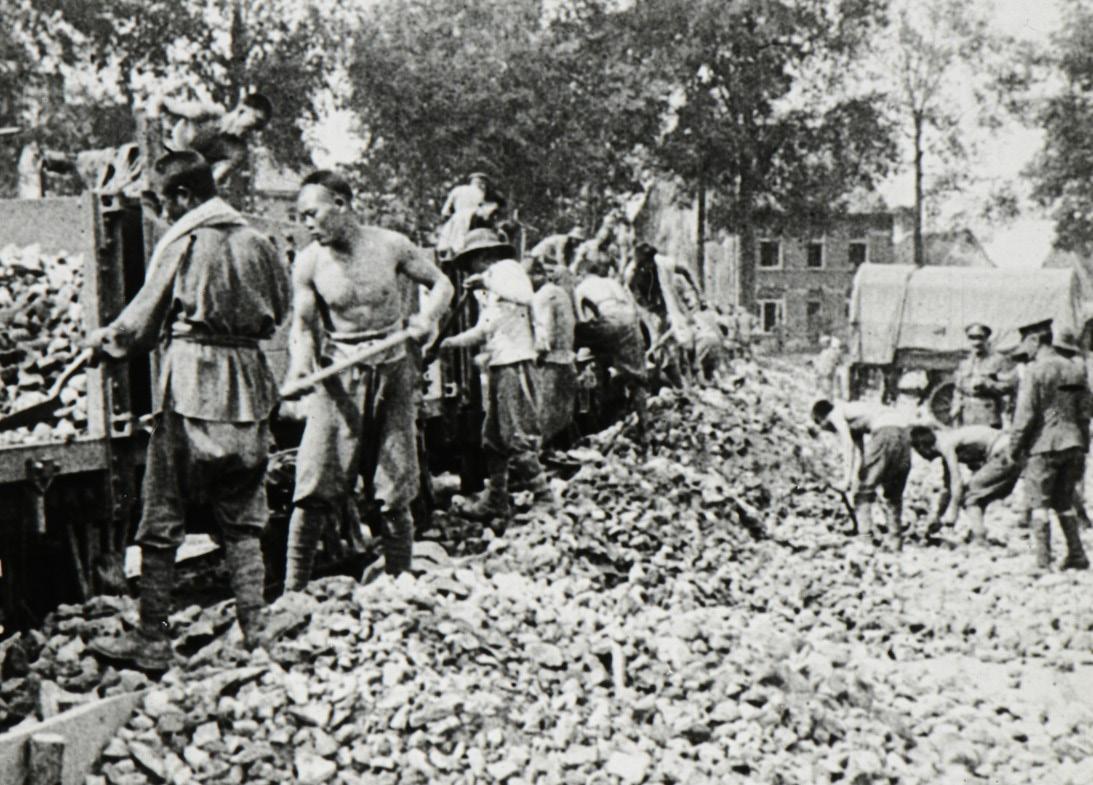

Past, Present, and Going on
Yilun Zhu ID: 1366233
- In early August 1855, Eugene von Guérard returned to Melbourne from a sketching tour in South Australia.
- He disembarked at Portland Bay, west of Warrnambool, and reached Mount Rouse within three days.

- At the top of Mount Rouse, he made his first sketch of the Grampians mountain range.
- Von Guérard retraced his steps back to the coast, passing through Kangatong sheep station.
- James Dawson, the owner of Kangatong, commissioned von Guérard to paint a view of Tower Hill, an extinct volcano nearby.
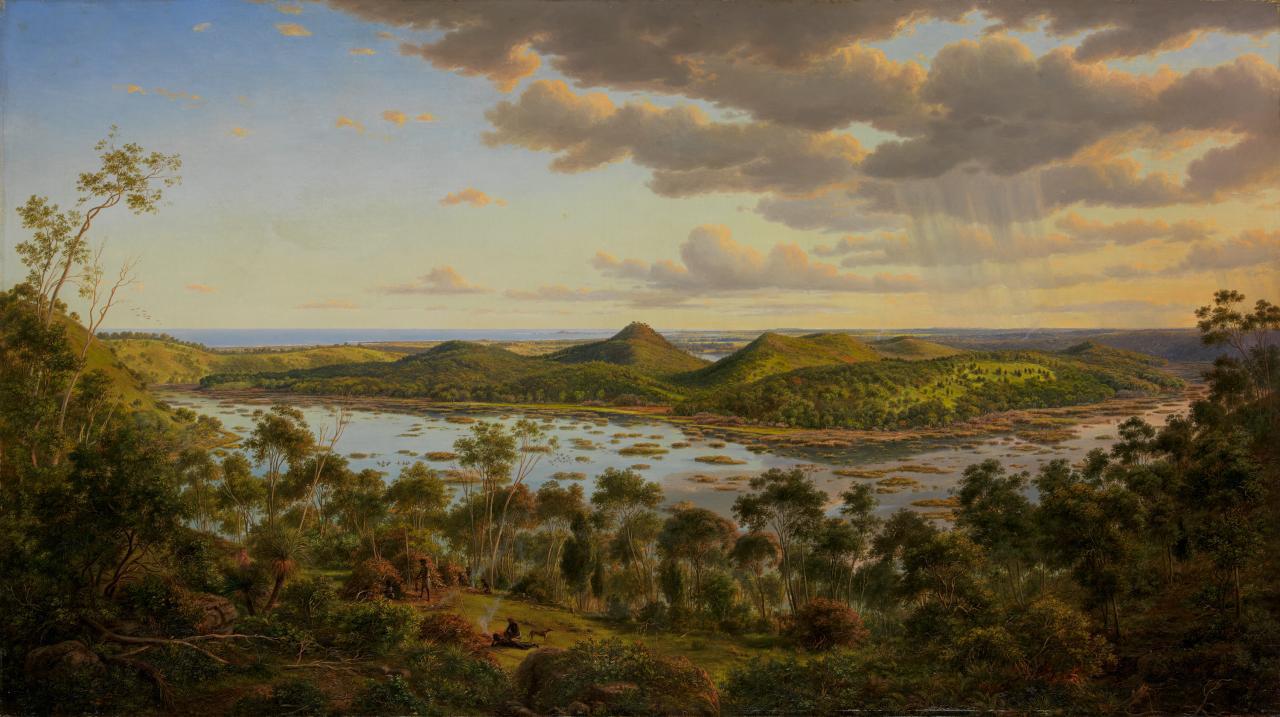
- Von Guérard made detailed drawings and possibly color studies of the scene in his Melbourne studio.
- He prepared a blank canvas upon his return and began painting, aiming to complete the work promptly for reimbursement.

- A calendar, noting the consecutive days required to fulfill the task, was discovered on the back of the painting's timber stretcher during examination in the NGV's conservation department.

"The story of the land need to be heard "
Semester 1, 21-22
Tynong, West Gippsland, Victoria, Australia
Tynong is thought to be an Aboriginal word meaning many fish, evidence of its location on the margin of the former Koo Wee Rup Swamp. This small township is situated on the Gippsland railway, 67 km south-east of central Melbourne, beyond Pakenham in the Shire of Cardinia.

Past, Present, and Going on
Yilun Zhu ID: 1366233

This homestead was on the Old Gippsland road near Tynong. Photo taken in 1927 and courtesy of The State Library of Victoria.

- Industry and workers brought electricity and railroad tracks
- Obtaining stones also leaves scars on nature
The Argus (Melbourne, Vic. 1848 - 1957)
Wednesday 14 November 1928, Page 5 GRANITE FOR AN EVERLASTING SHRINE.
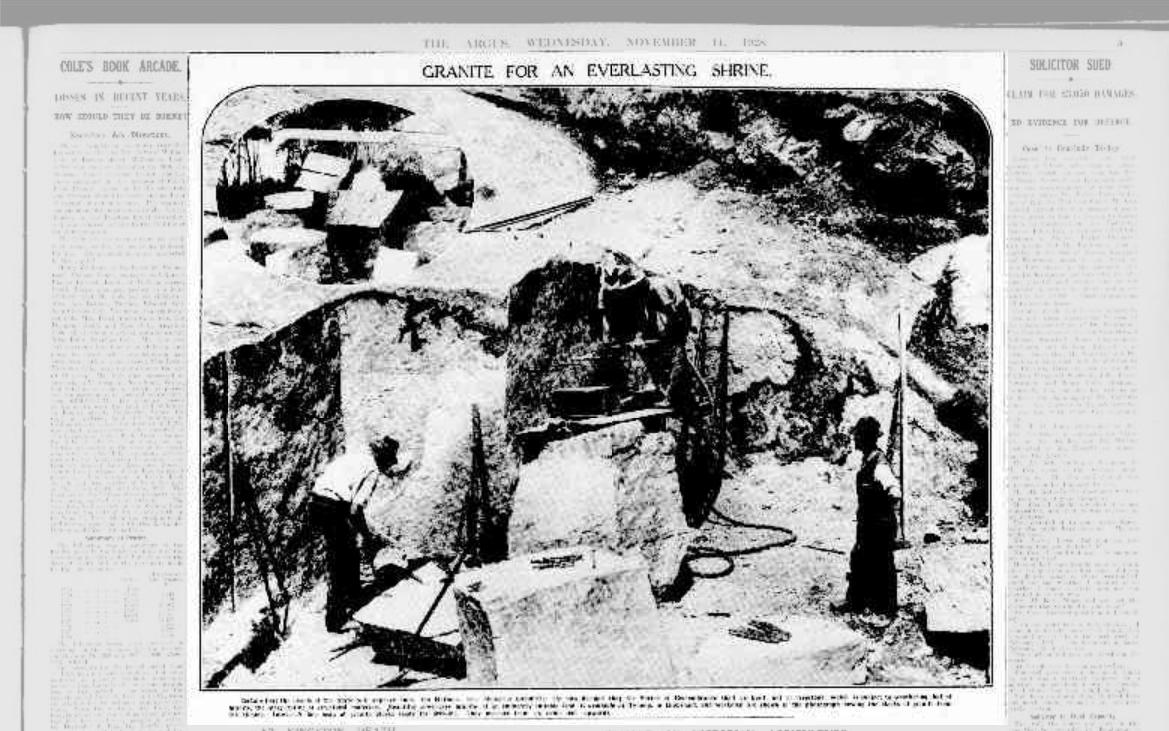

Certain that the people, of the State will approve fully, the National War Memorial Committee has now decided that the Shrine of Remembrance shall be built, not of freestone, which is subject to weathering, but of granite, the most lasting of structural materials. Beautiful silver-grey granite of an eminently suitable kind is available at Tynong, in Gippsland, and workmen are shown in the photograph drawing the blocks of granite from the hillside. Inserted fine heap of granite blocks ready for dressing. They measure from six cubic foot upwards.
Tynong is a township located at the meeting point of the "Great Koo Wee Rup Swamp" and the base of the Gembrook Ranges.

The original settlers of Tynong were farmers and timber cutters who purchased crown land in the 1870s.
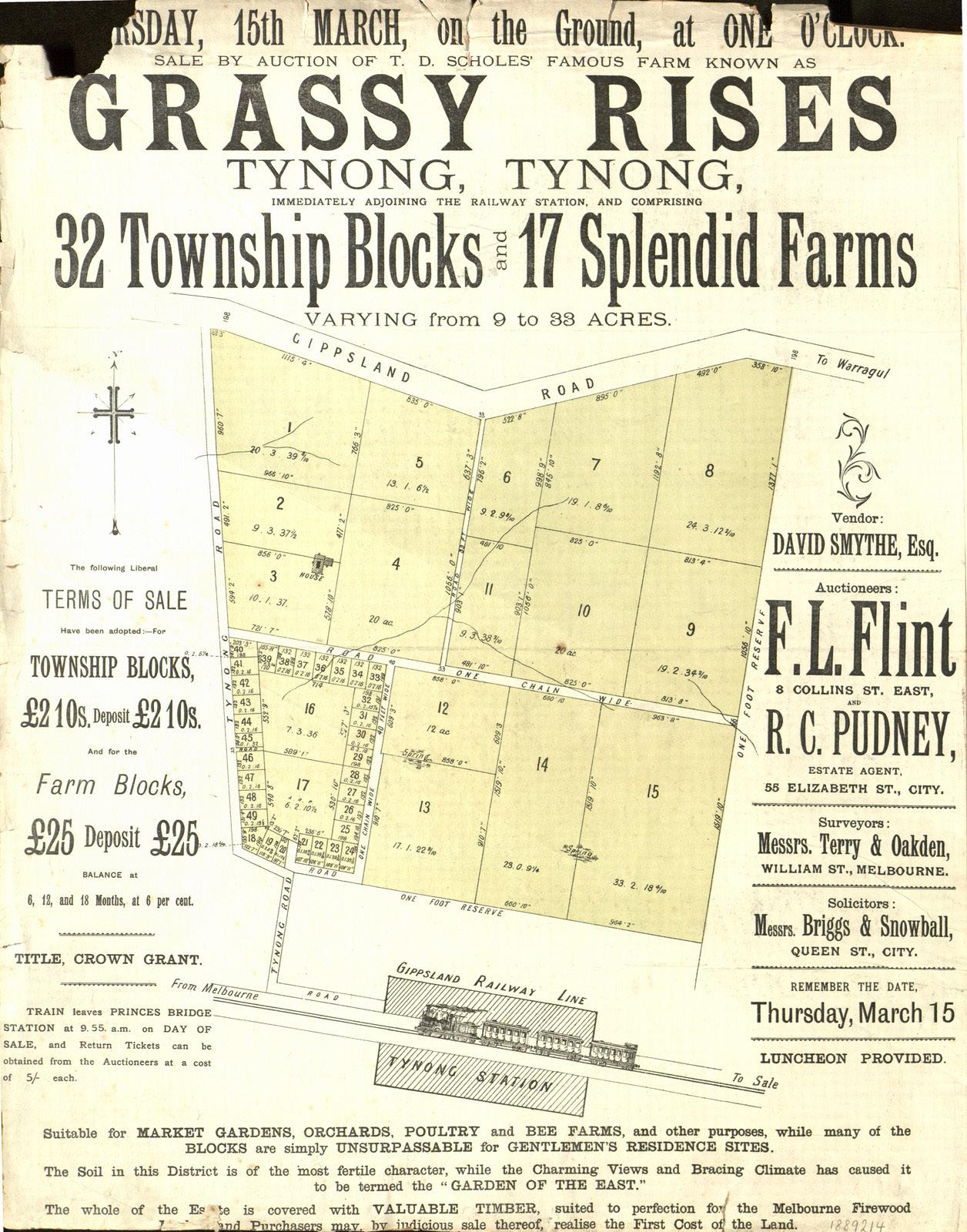
The railway opened in 1877, but it wasn't until sometime after 1881 that a station at Tynong was built. There were numerous efforts by residents to get a siding constructed.
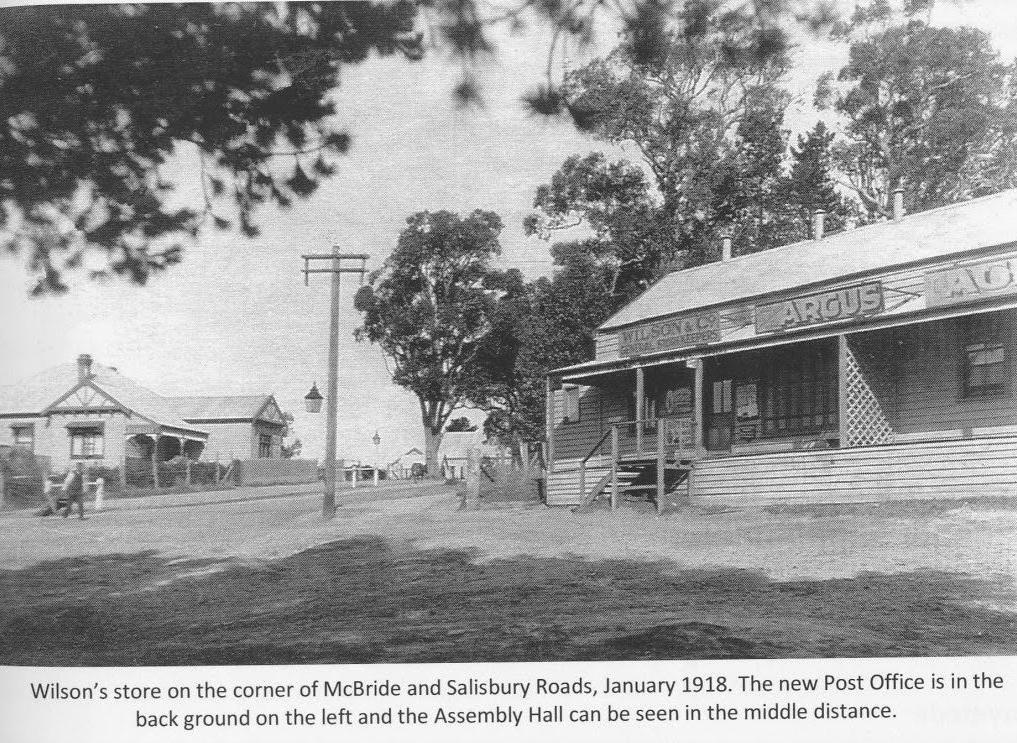
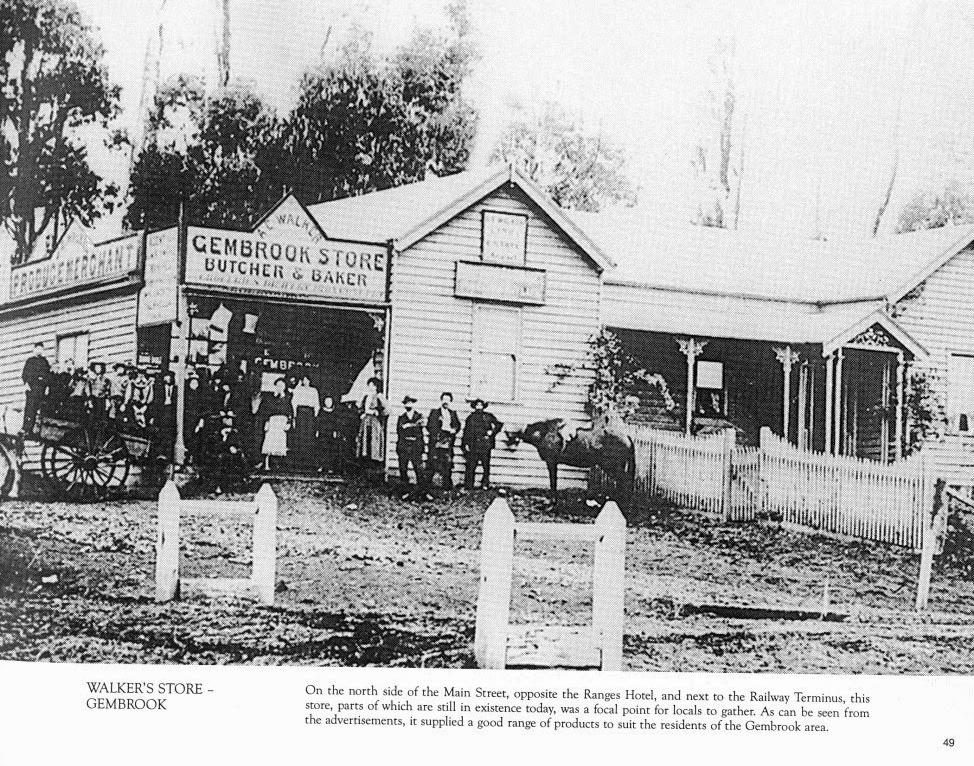
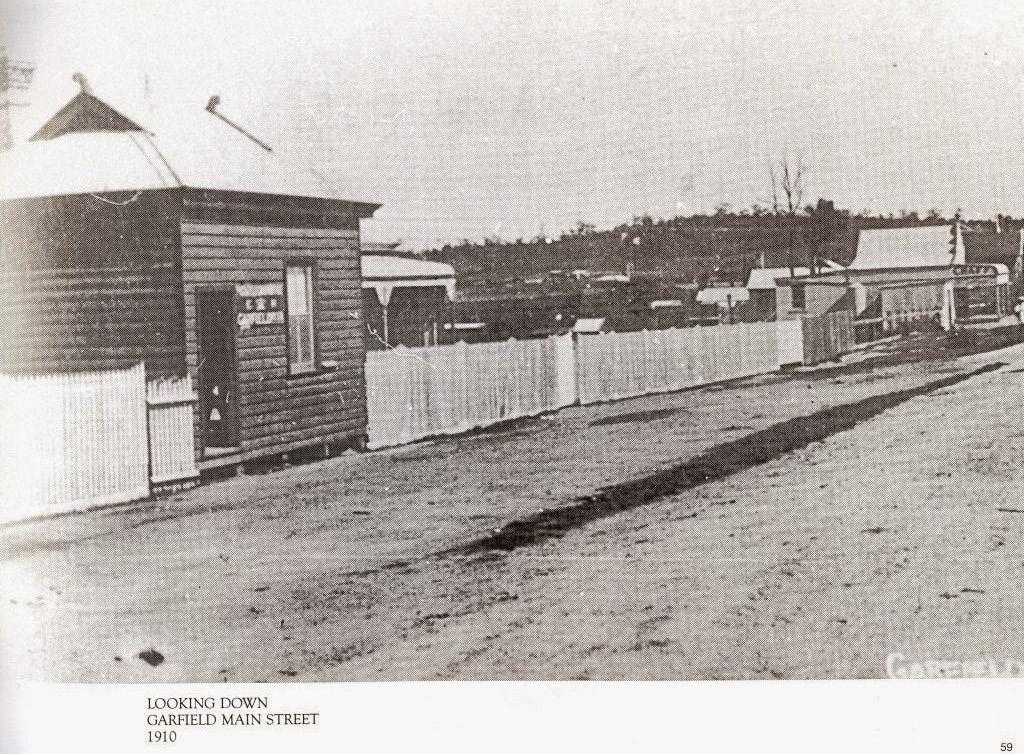

· Tynong's history includes a variety of events and developments, such as the opening of a post office in 1882, the establishment of a store in 1903, and the mining of granite in the 1930s to build the Shrine of Remembrance in Melbourne.
· Tynong's major industries included timber mills and dairying, with prominent families such as Weatherhead, Gillespie, Scholes, Synot, Lamb, Cousins, and Thomas featuring in its history.
“Grassy Rises, Tynong [cartographic Material].”, 1800. https://find.slv.vic.gov.au/permalink/61SLV_INST/1sev8ar/alma9918892143607636
Outsiders draw artificial grids on nature land belongs to indigenous people
TOWN Trees down, and the town rise
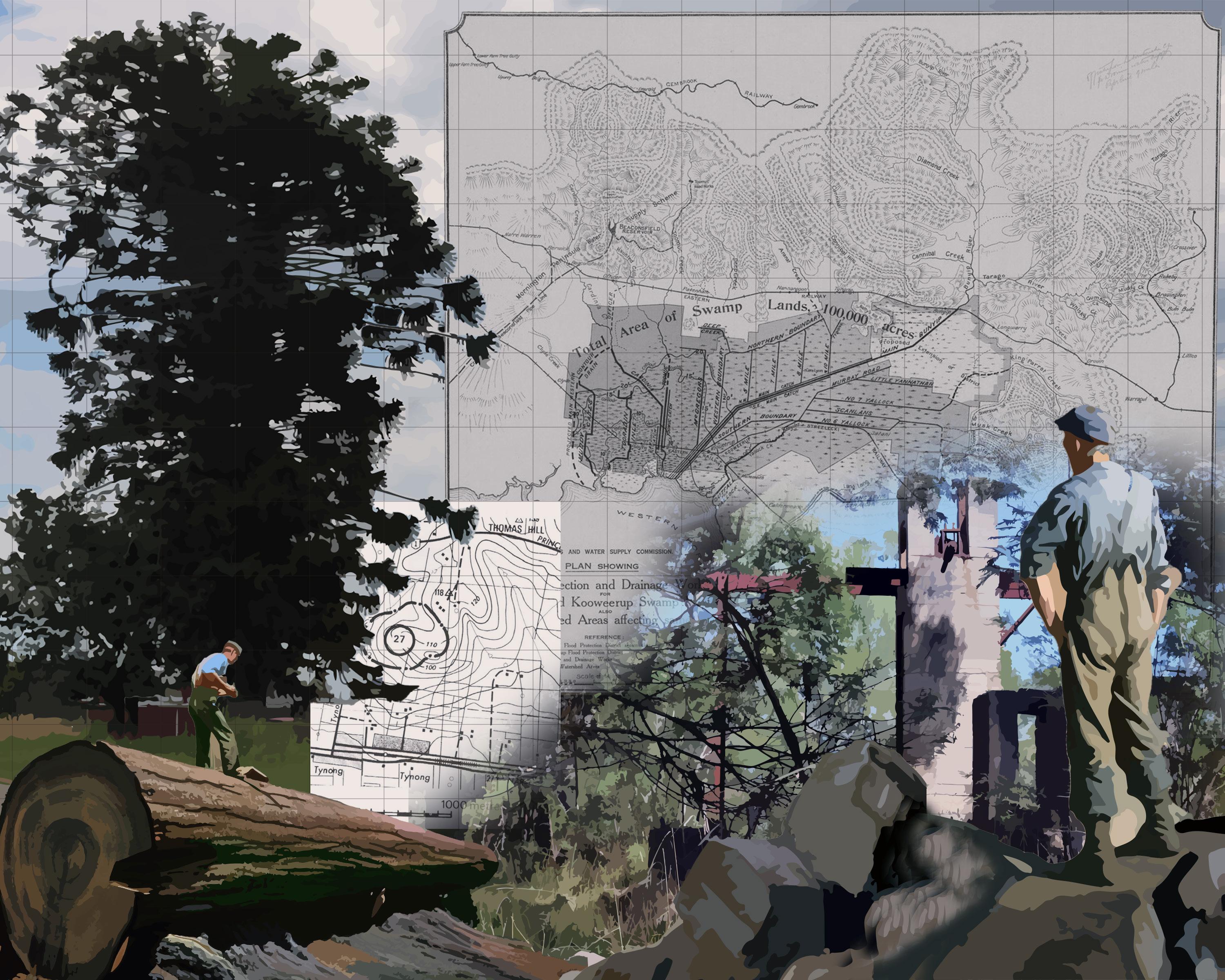
- Respect for the land, responsible claiming, sustainability
- Plants and trees play an important part in Aboriginal culture
- Using the fences of the tynong and the rubble of the quarry to create this natural connection, while being respectful of the land
- Behind each indigenous soldier is his community, and the different fence stumps represent a tribute to each of them as individuals
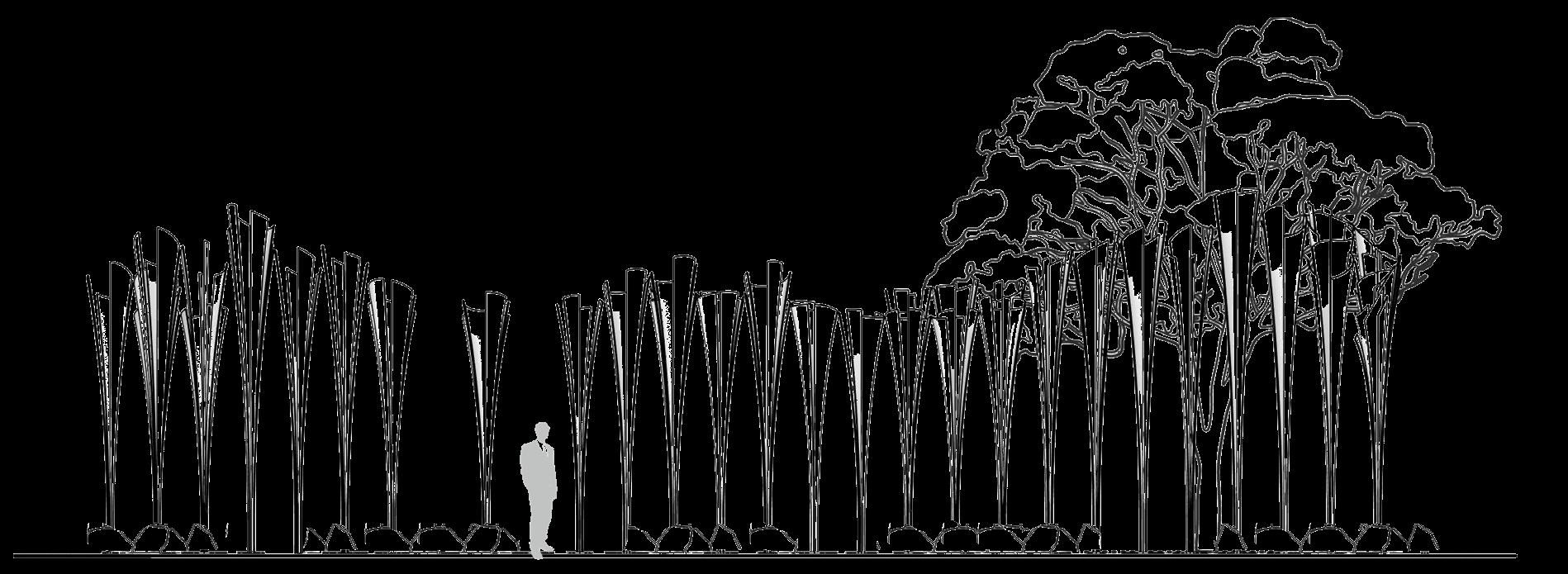

- Circulation with the existing memorial
Semester 1, 21-22
Boonwurrung, Kulin Nation

Yilun Zhu ID: 1366233
- The land holds great significance for Indigenous people and their connection to country is difficult for non-Indigenous people to understand
- "Country" encompasses the interdependent relationship between Indigenous individuals and their ancestral lands and seas
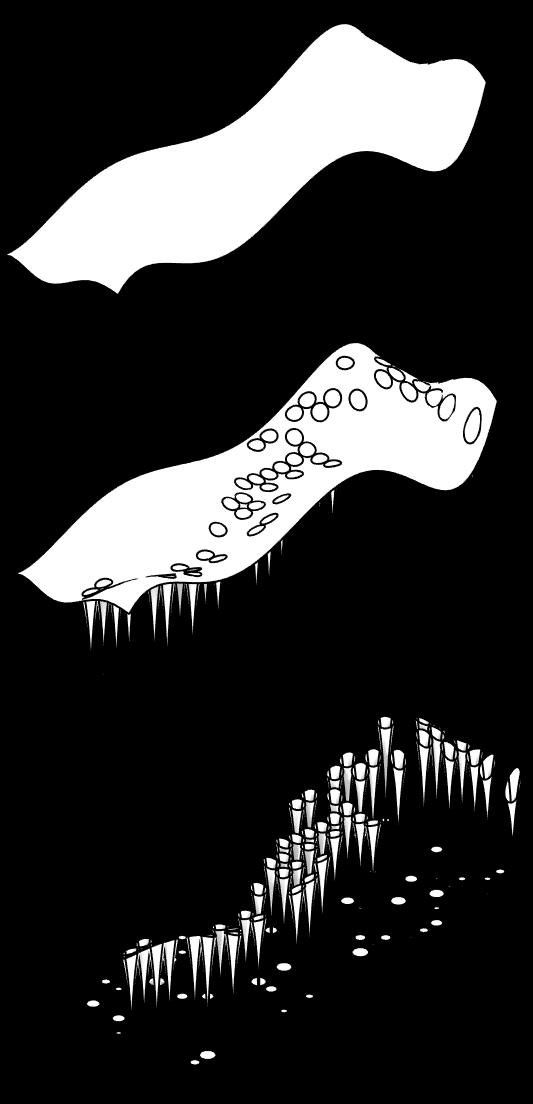
- The land is seen as the mother, providing food, culture, spirit, and identity
- The connection between the land and Indigenous people is built on respect and when the land is disrespected, damaged, or destroyed, there are real impacts on their well-being

- Landscape is central to much of Indigenous Art, whether it be theatre, dance, music or painting
Welcom to Country, Connection to Country, 2020. Accassed March 2023. https://experience. welcometocountry.com/blogs/learning/connection-to-country

The Aboriginal Memorial – 30th Anniversary Djon Mundine, conceptual producer, introduces 'The Aboriginal Memorial' (1987–88) by Ramingining artists.
- The Aboriginal Memorial is an installation of 200 hollow log coffins from Central Arnhem Land.
- The installation commemorates Indigenous people who have lost their lives defending their land since 1788.
- The path through the Memorial imitates the course of the Glyde River estuary.
- The different painting styles are related to the artists' social groups and link people to common ancestors, land, language, and social affiliations.
- Yolngu people believe that shimmering brilliance in painting evokes ancestral power.
- The work is unified by common themes of life celebration, respect for the dead, and connection with ancestral beings.
- The Memorial marks a watershed in Australian society, celebrating Indigenous resilience and culture in the face of great odds.
The Australian Memorial at Pukeahu
- Rugged red sandstone columns represent the heart of Australia, while grey stone bands symbolize the New Zealand landscape.
- The central column is inscribed with the word 'Anzac' as a symbol of the shared goals in peace and war.
- Seven columns feature artwork of the first peoples of Australia and New Zealand.

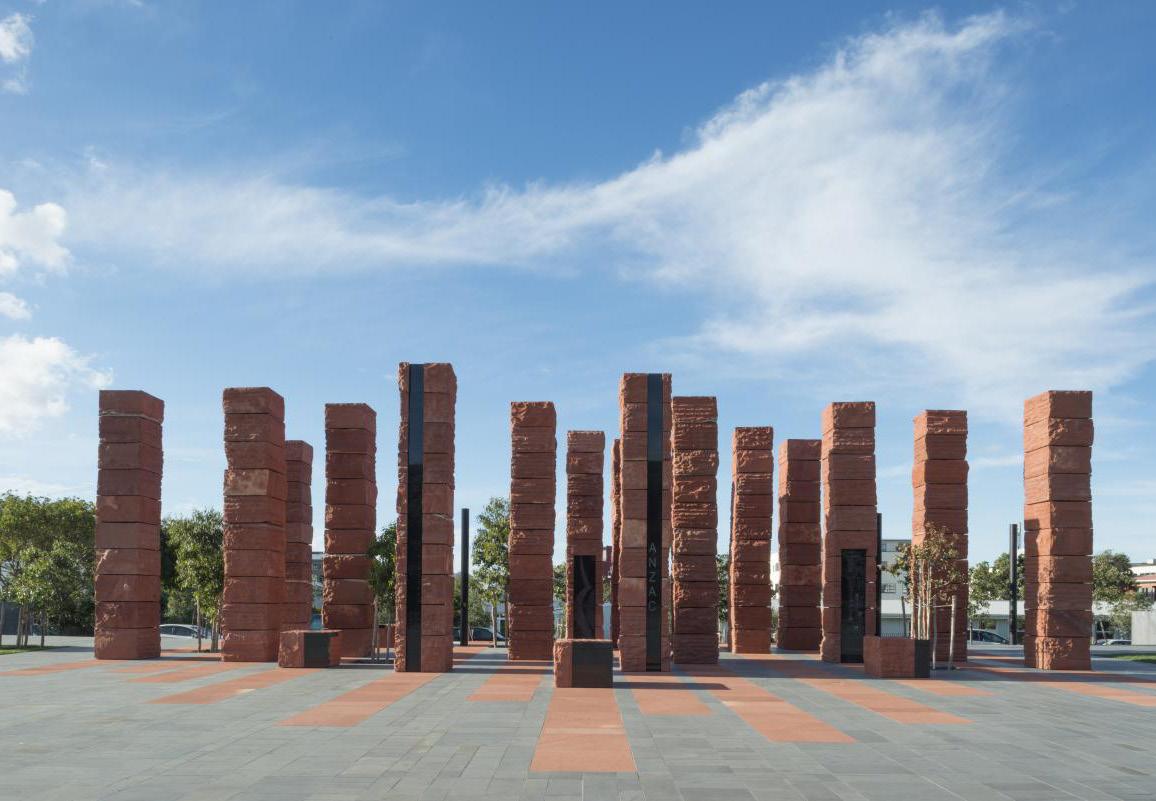
- Reusing old timber is a sustainable practice that reduces waste and minimizes the need to cut down trees, which helps protect natural habitats and ecosystems
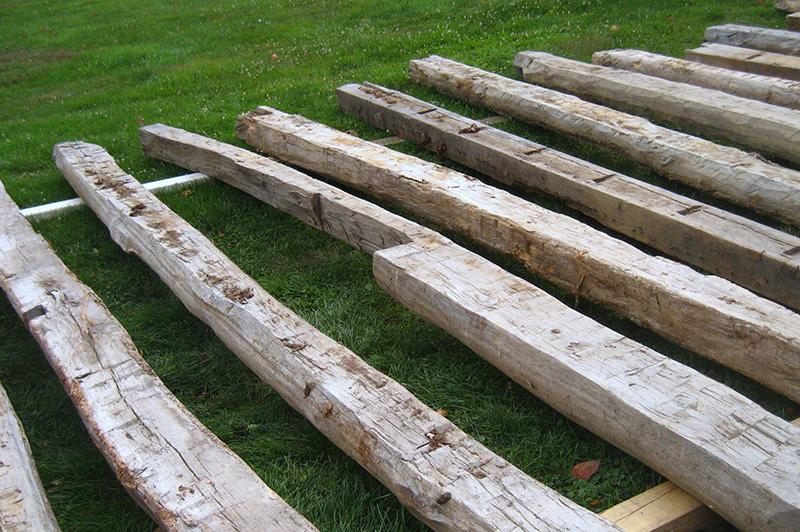
- Using old timber supports the principles of the circular economy, which aims to minimize waste and maximize the use of resources, promoting a more sustainable and respectful relationship with nature
- When old timber is repurposed or restored, it can preserve the history and natural beauty of the wood, promoting a deeper appreciation and respect for the natural world

"The story of the land need to be heard. "
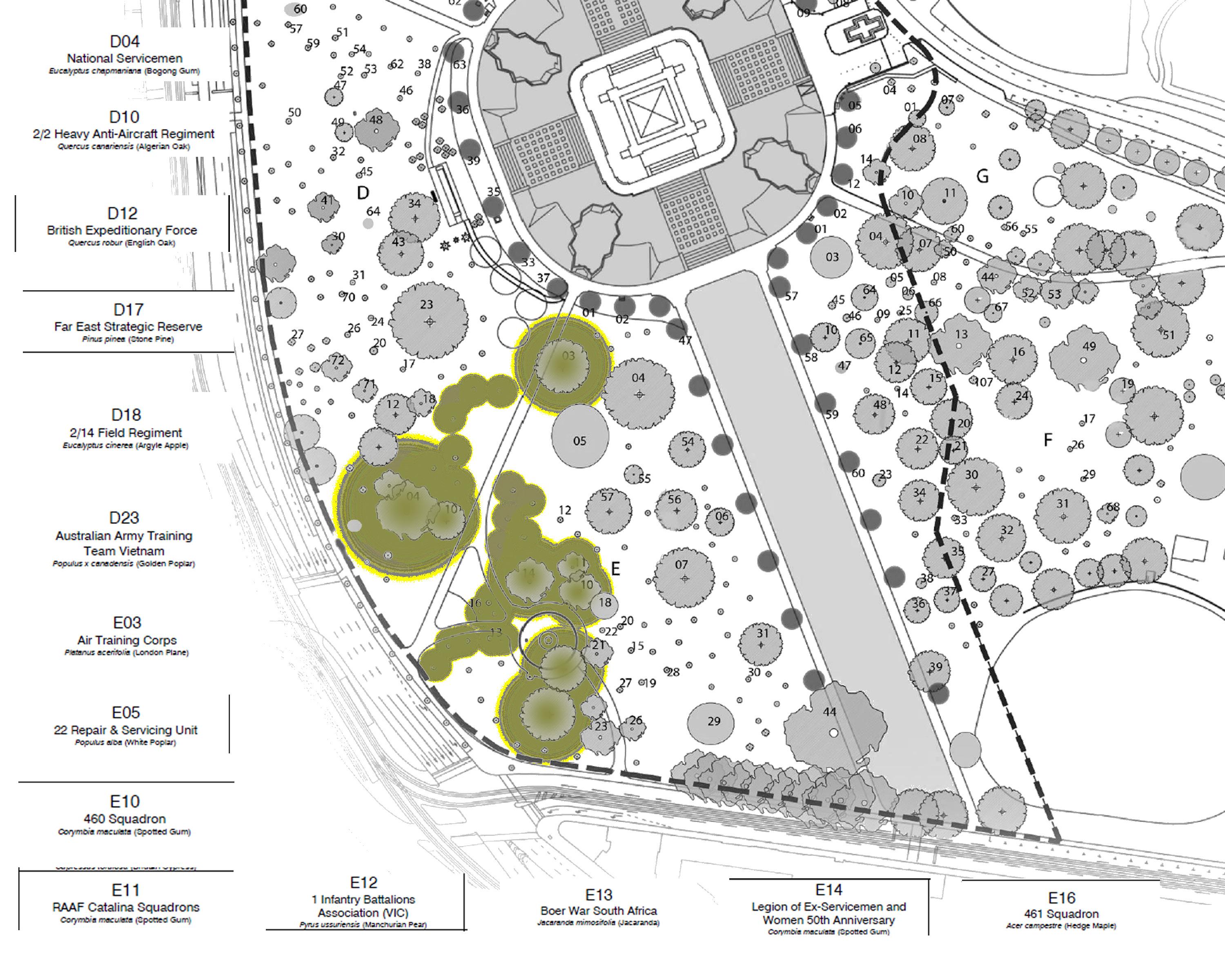
- Bunya trees are sacred to indigenous Australians and were an important source of food, timber and fibre
- Indigenous Australians traditionally ate the bunya nut and shoots and used the tree's bark as kindling
- The Bunya gatherings were important cultural events that involved ceremonies, discussions, and negotiations over law, marriage, and regional issues
- Over time, most of the Bunya forests were felled for timber and cleared for cultivation by non-indigenous settlers
- Indigenous groups continue their cultural and spiritual connections to the Bunya Mountains, and traditional ecological knowledge is now incorporated into the management practices of national parks and conservation reserves

- Gum tree
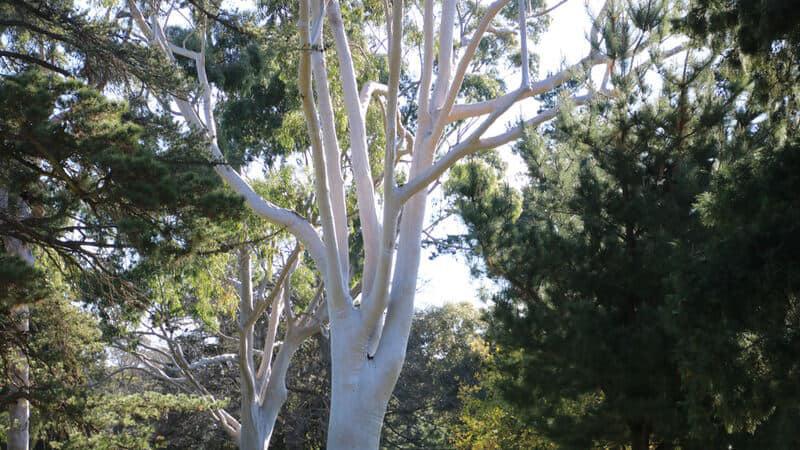
- Grevillea tree
- Black She Oak (Allocasuarina)
- Wattle tree
- Banksia tree

- Illawarra plum tree
- Tucker Bush cherry tree
- Native frangipani tree
- Lilly Pilly tree
- Lemon-scented myrtle tree
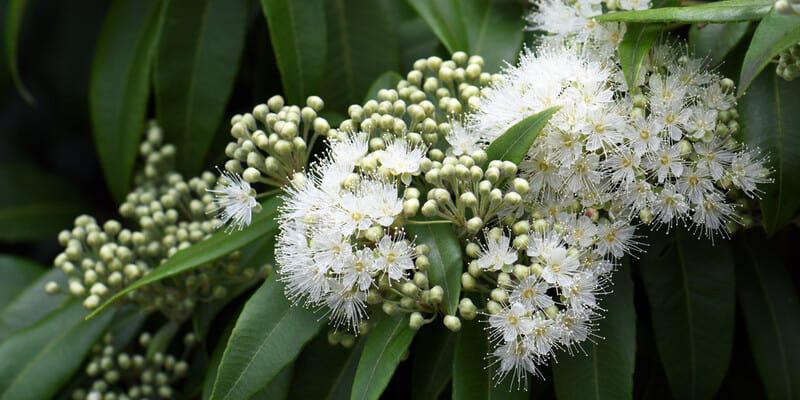
- Blueberry ash tree
- Willow Myrtle tree
- Australian pine (beaf-wood)
Most trees can tolerate drought and prefer soil that dries out between waterings. Water your tree regularly while it's establishing, but once it's mature, it can handle some dryness
Indigenous plants can thrive in lownutrient soil, so fertilizer isn't usually necessary. However, flowering and fruit plants may benefit from a nutrient boost during the growing season. For Proteaceae plants such as banksias, it's best to use a low phosphorus fertilizer, as they are sensitive to phosphorus levels in the soil
Semester 1, 21-22
Shrine of Remembrance, Melbourne, Victoria, Australia
Yilun Zhu ID: 1366233
- The Mercado de la Encarnacion in Seville was destroyed, leaving a void in the city's urban character.
- Jürgen Mayer and Arup designed the Metropol Parasol to bring life back to the city center.

- The Metropol Parasol is one of the largest timber structures in the world and has a contemporary design.
- It provides markets and restaurants for residents and visitors, enriching the city economically and socially.
- The project illustrates how architecture can preserve cultural heritage while looking toward the future.



- The Jean-Marie Tjibaou Cultural Center in New Caledonia was designed to recognize the marginalized Kanak culture and was funded by the French government
- Renowned architect Renzo Piano used traditional Kanak chiefs' houses as inspiration to create a monumental sequence of rounded, airy shells that vary in height and offer commanding views over the Pacific shoreline

"The story of the land need to be heard "
Most of the trees were foreign when the Shrine was built, and European varieties were planted on Australian soil, just as colonialism took place on this land
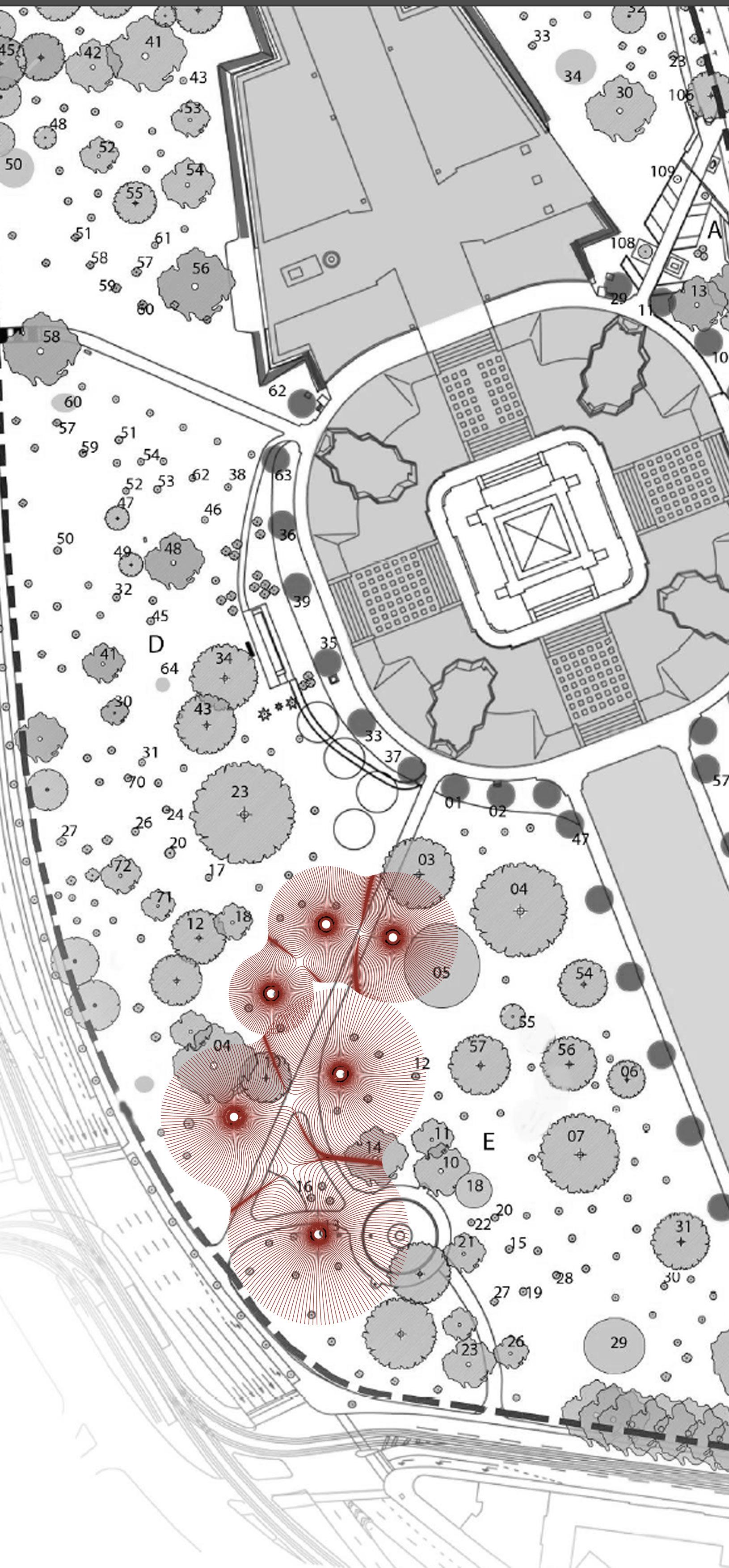










"The story of the land need to be
"
A forest made of trees that is not a forestAfter selecting a gathering point for non-indigenous trees, a circular evolution is created by using the distance between the numbers as the diameter, resulting in a large roof covering a series of artificial tree trunks arranged along the path
Three pods, finished in different materials, provide the principal accommodation. The largest, clad in sweet chestnut timber, houses the museum displays and service facilities.
The second largest, clad in glass, houses the educational base, a stylish café and retail facilities. Located between these is the third, by far the smallest and clad in zinc, which provides ticketing and guide facilities.
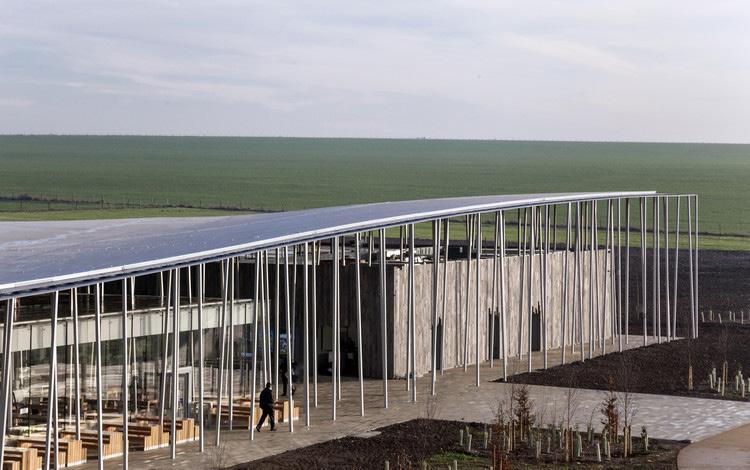

Oversailing them all, and resting on 211 irregularly placed sloping columns, is a steel canopy clad on the underside with zinc metal panels and shaped with a complex geometry reflecting the local landforms.




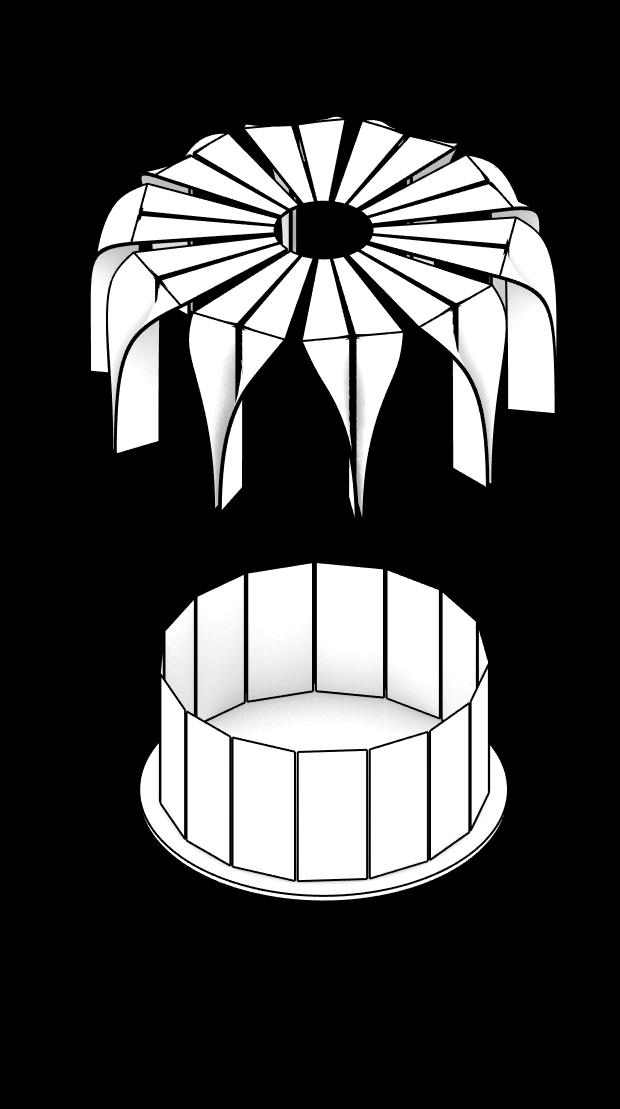

Many trees have been cut down for the construction of the railway, and many of the old sleepers are waiting to be reused with the change of times
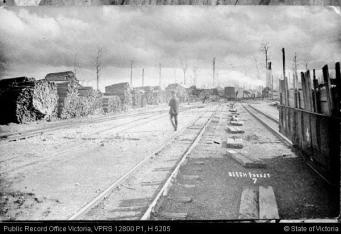
- Reusing old timber is a sustainable practice that reduces waste and minimizes the need to cut down trees, which helps protect natural habitats and ecosystems
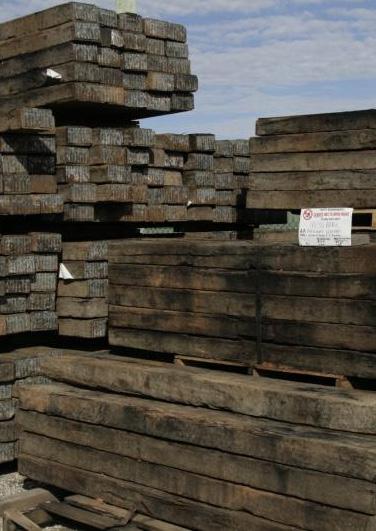

- Using old timber supports the principles of the circular economy, which aims to minimize waste and maximize the use of resources, promoting a more sustainable and respectful relationship with nature

- When old timber is repurposed or restored, it can preserve the history and natural beauty of the wood, promoting a deeper appreciation and respect for the natural world

"The story of the land need to be heard "

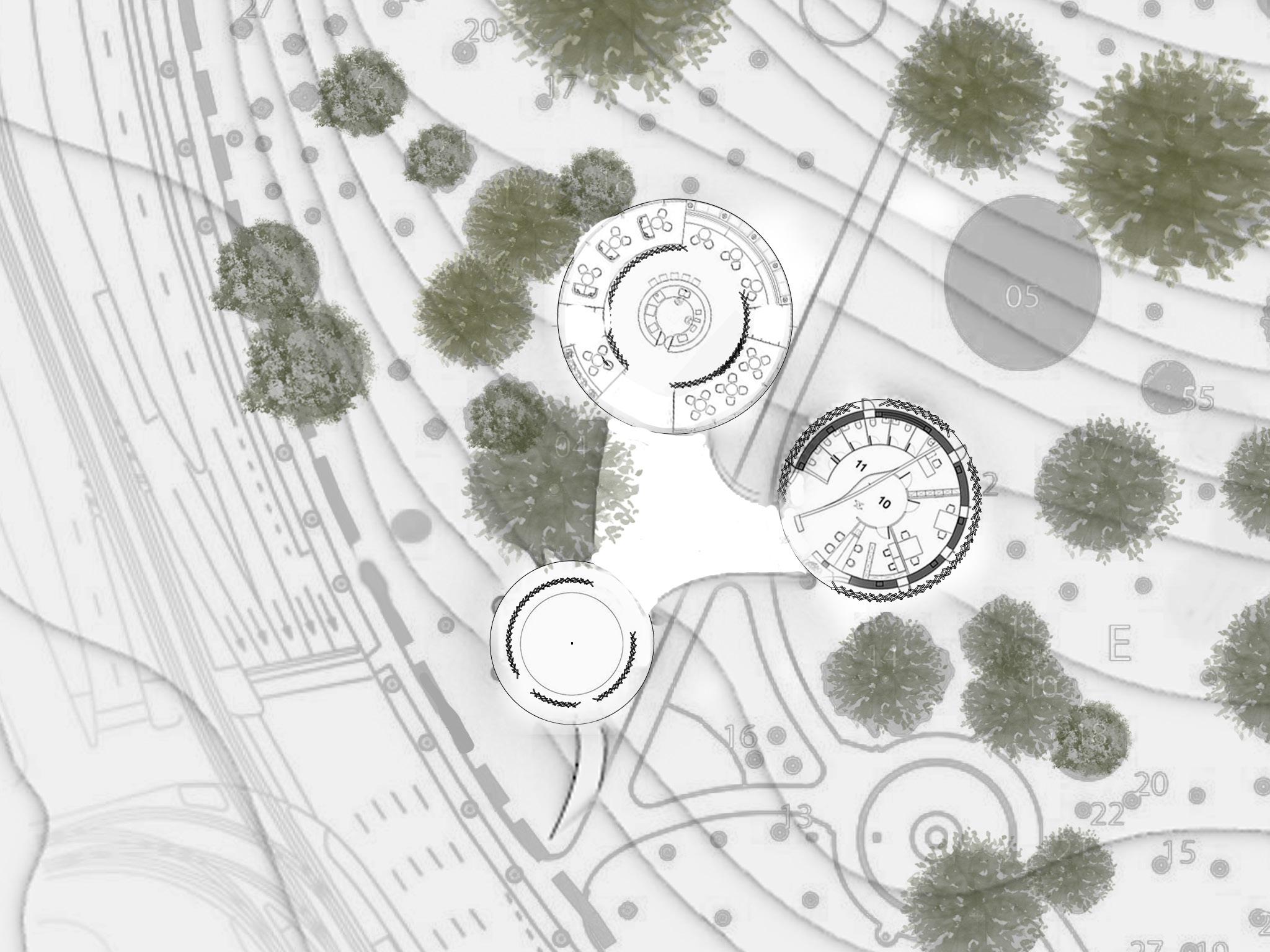




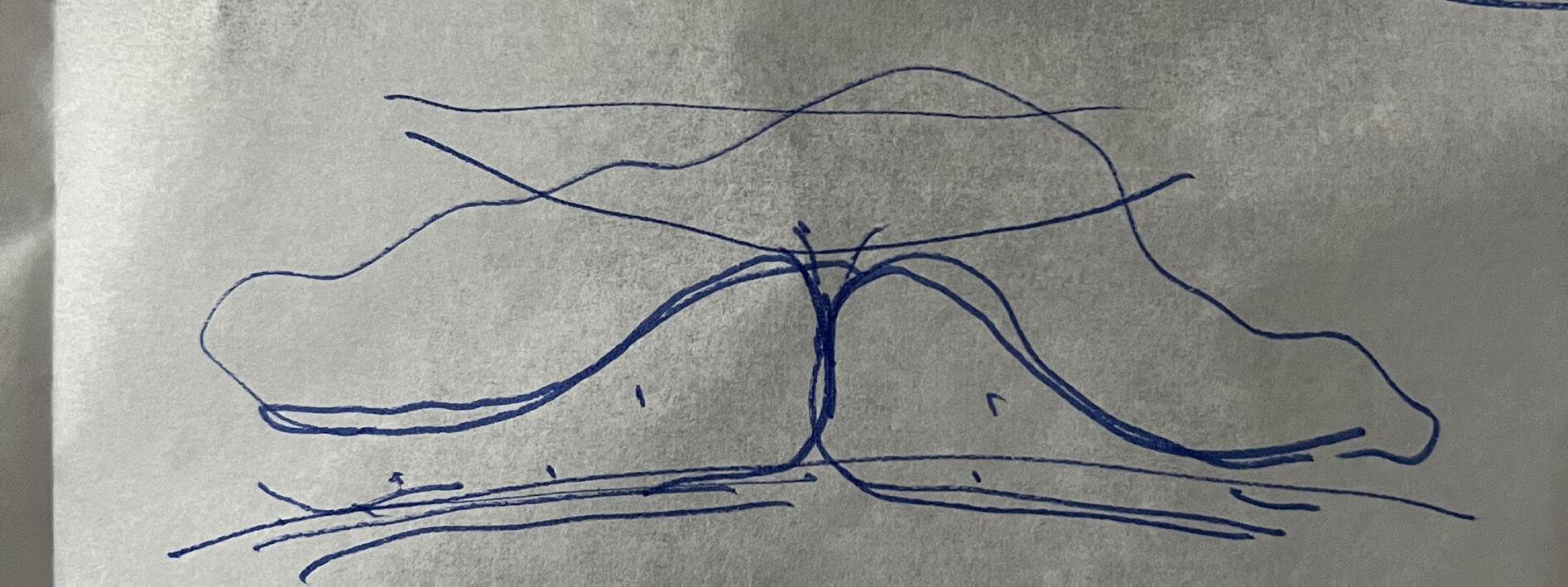


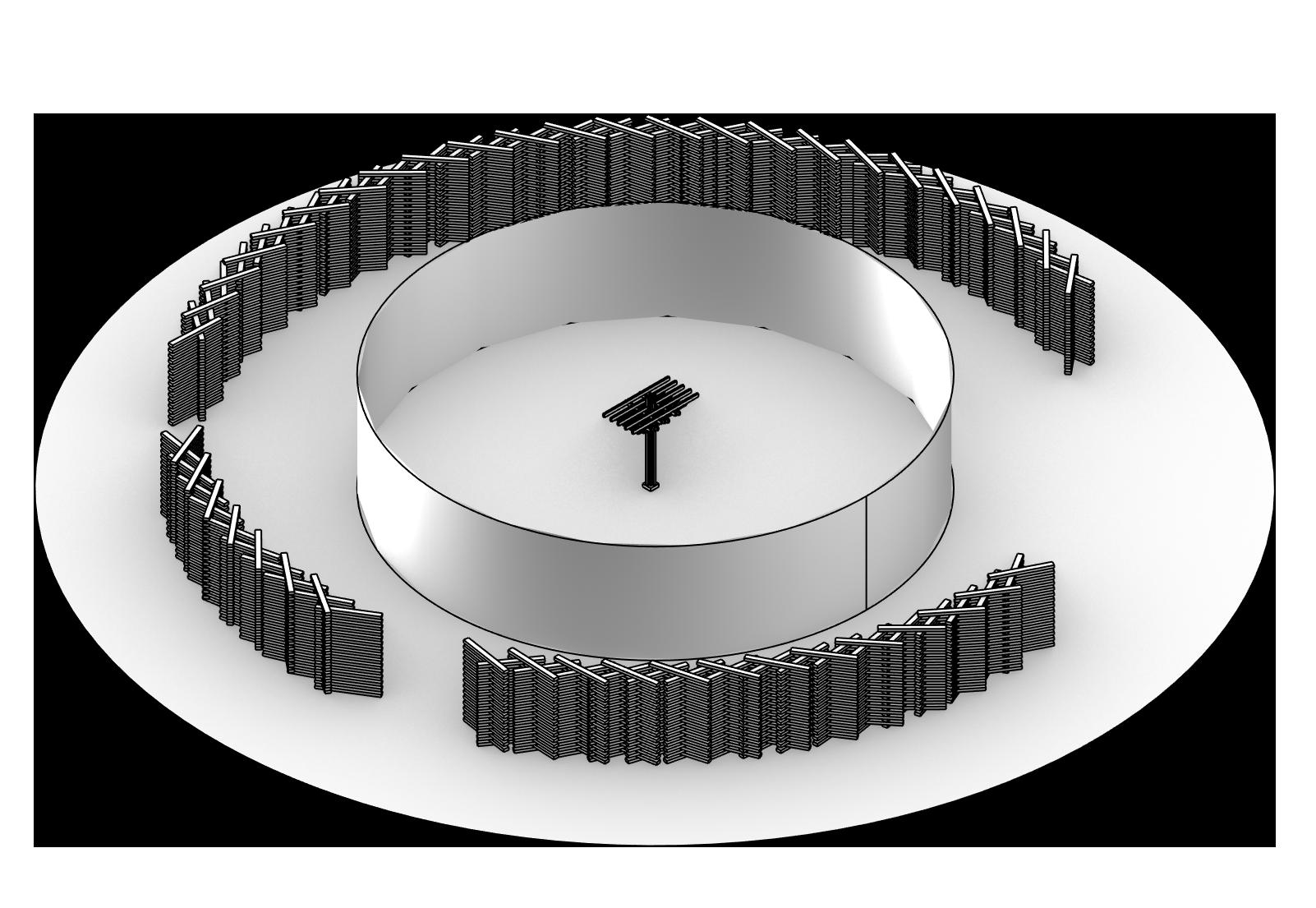


"The story of the land need to be
"
The Brodie helmet, an armored headpiece for combat, was formulated and patented in London during 1915 by a Latvian inventor named John Leopold Brodie (Latvian: Leopolds Janno Braude). Its variation became recognized as the Helmet, Steel, Mark I in Britain and the M1917 Helmet in the US. The helmet was dubbed by many names including the shrapnel helmet, battle bowler, Tommy helmet, tin hat, and the doughboy helmet in the United States. It was also referred to as the dishpan hat, tin pan hat, washbasin, and Kelly helmet. The German Army referred to it as the Salatschüssel (salad bowl). It is imperative to note that the name Brodie is often misused and should only be correctly applied to the original 1915 Brodie's Steel Helmet, War Office Pattern.[


"The story of the land need to be heard "
Semester 1, 21-22
Tynong, West Gippsland, Victoria, Australia
Material
Many trees have been cut down for the construction of the railway, and many of the old sleepers are waiting to be reused with the change of times
Consideration
Limited Edition
Past, Present, and Going on
Yilun Zhu ID: 1366233

The design of the bridge was significantly influenced by the need to allow enough space for boats to pass underneath it. This gave rise to the adoption of an arched structure, with a clearance of four meters between the lower part of the bridge and the average water level. According to architect Luo Yujie, who leads the studio responsible for the bridge's construction, water systems were the principal mode of transportation and logistics during the fishing civilization era. As a result, bridges needed to be walkable while still providing ample space for boats to navigate beneath them. To satisfy these requirements, arches were traditionally used in China's bridge construction techniques to create adequate clearance for the passage of boats and enhance the overall efficacy of the structure.
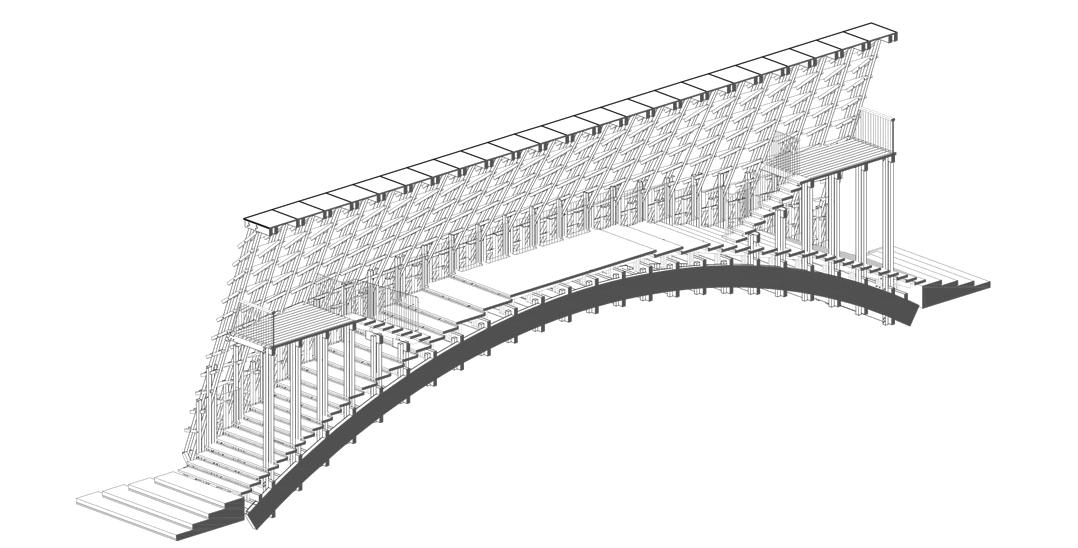
MetropolParasol
Jean-MarieTjibaouCulturalCentre
Thisphasecharacterizesthedesignproposalasrelevant toforestreproductionandthereuseofoldwood
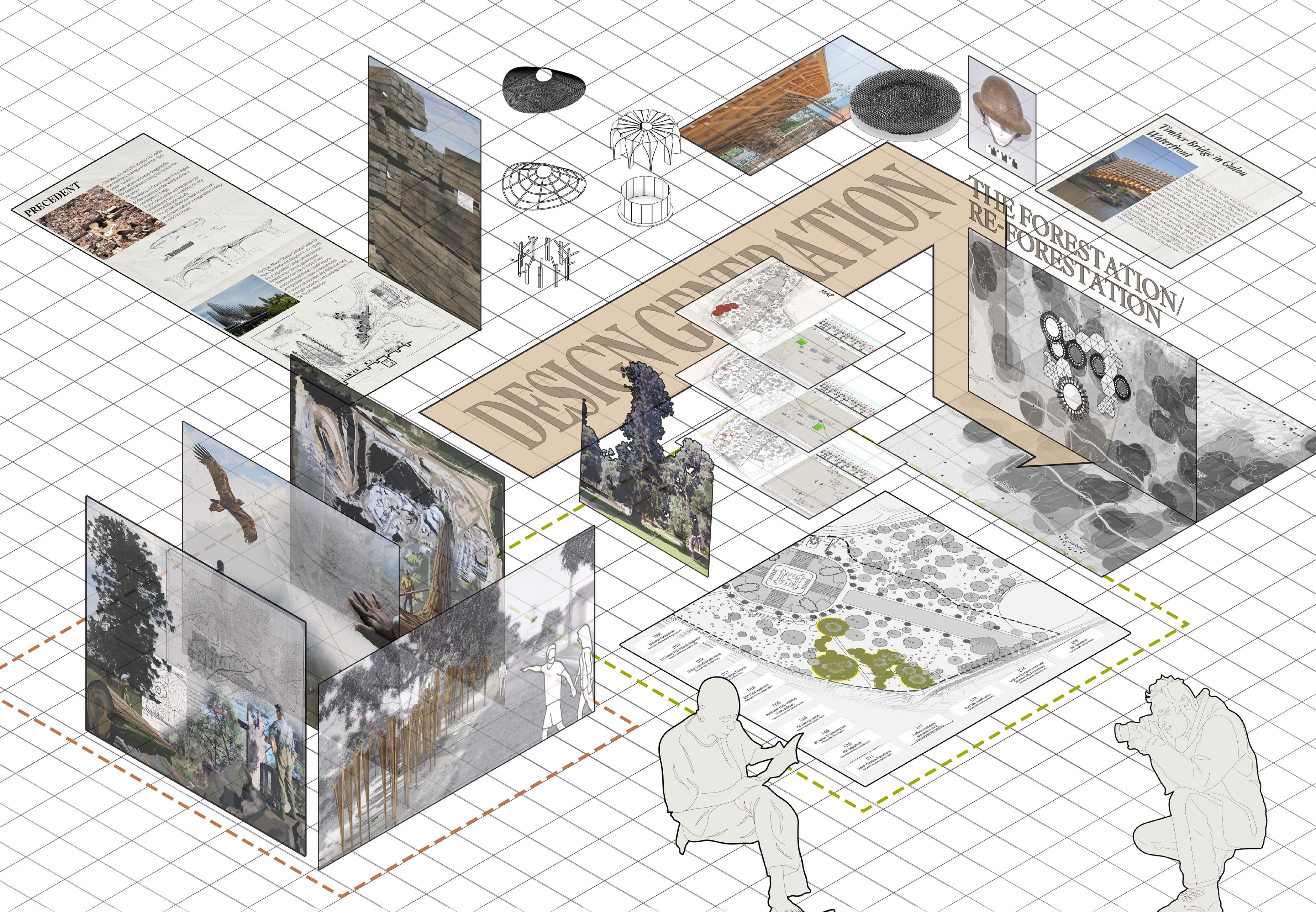

CoedaHouseniAtami, KengoKuma
Trygeometrytheshape ofthetree

BRODIE HELMET

TimberBridgeinGulouWaterfront
developmentBunyabunyatreesrepresenttheHistoryand ofagricultureinTynongarea
constructThenaturalforestcoveroftheTynongareaisusedasapatternto
Trunkforestintynong_amemorialdesign
MostofthetreeswereforeignwhentheShrinewasbuilt,andEuropeanvarieties wereplantedonAustraliansoil,justascolonialismtookplaceonthisland





Past, Present, and Going on Semester



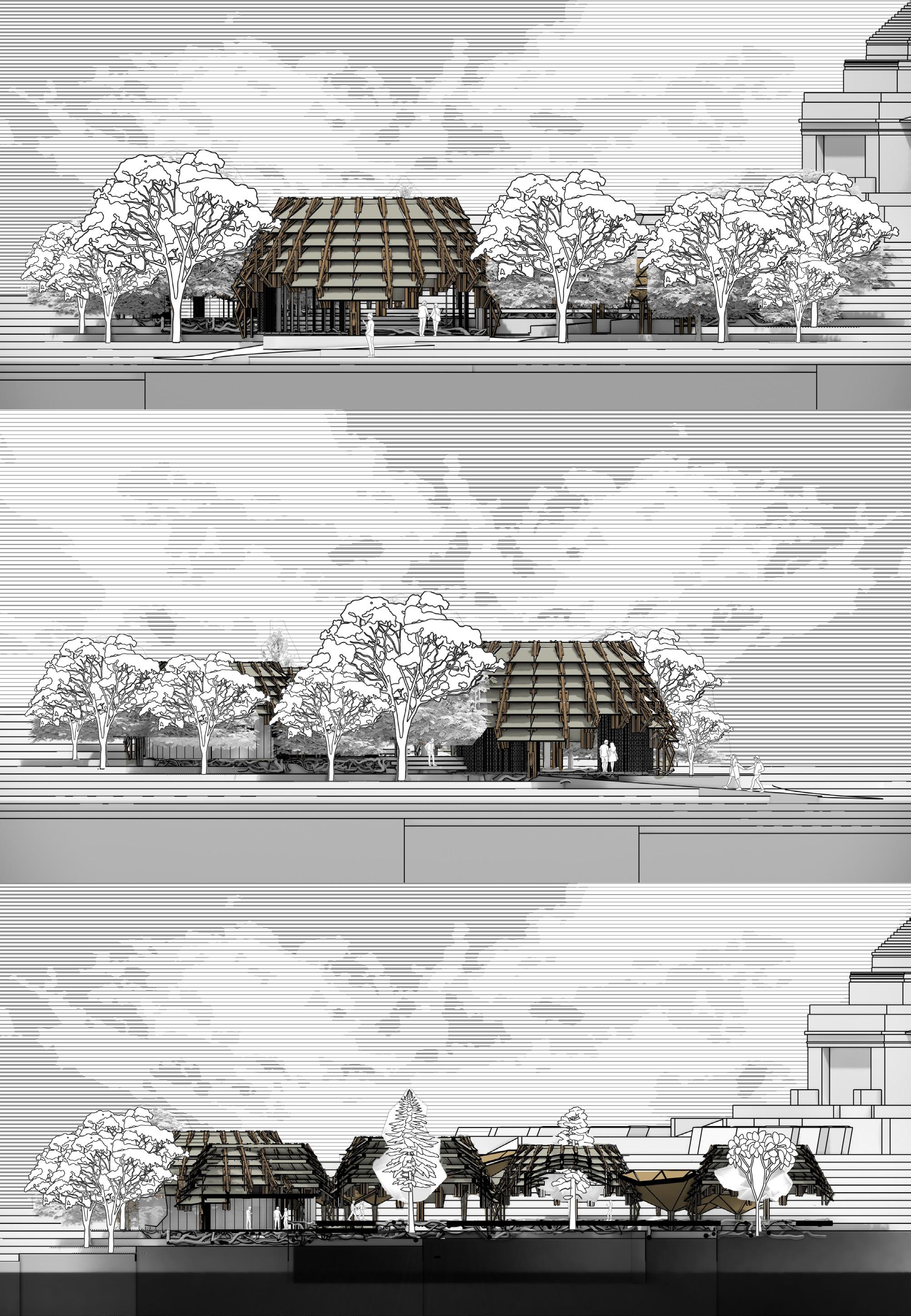


Yilun Zhu ID: 1366233

"The story of the land need to be heard "




story of the land need to be
"